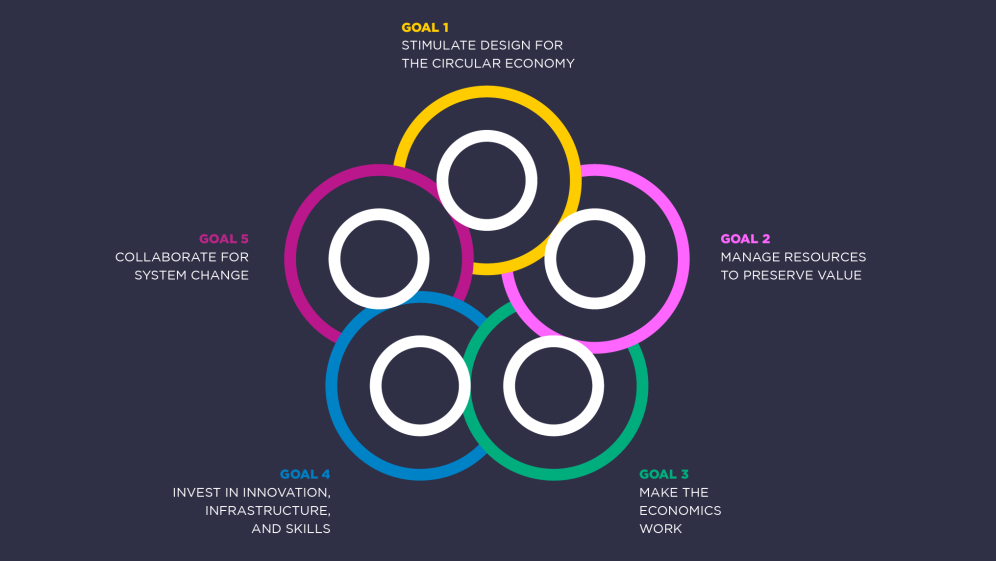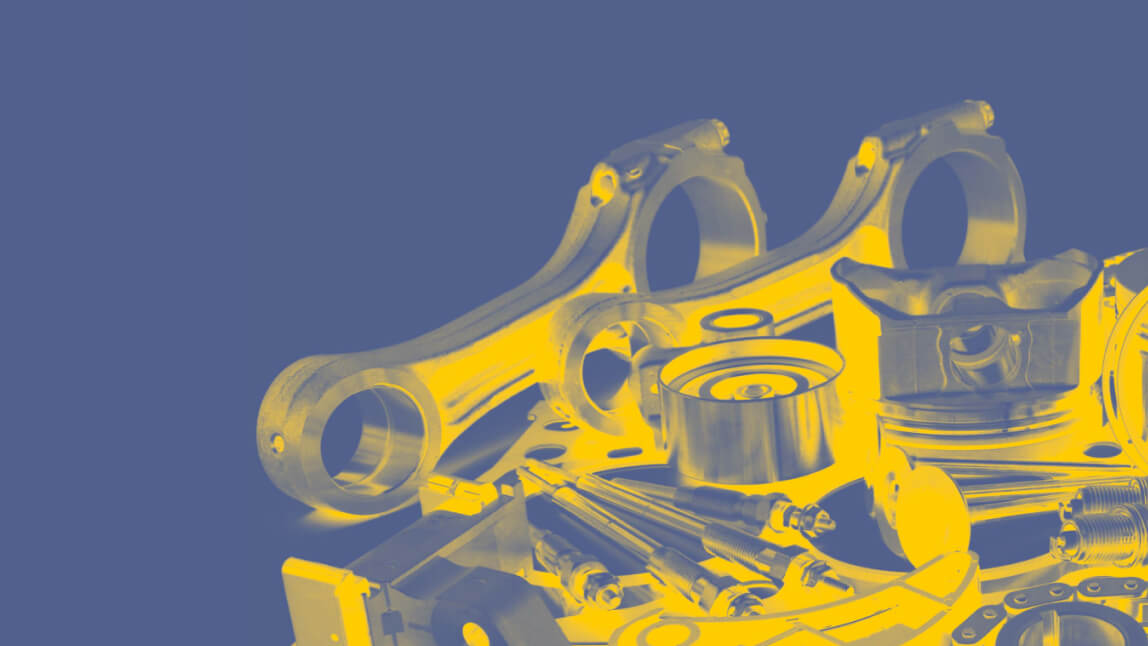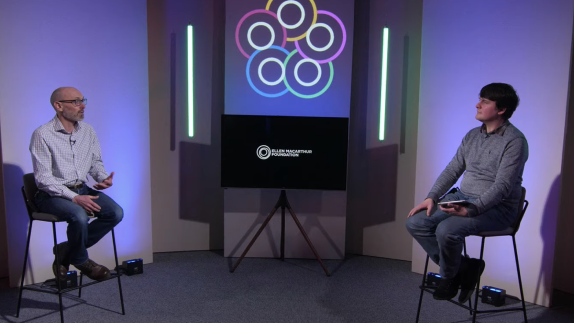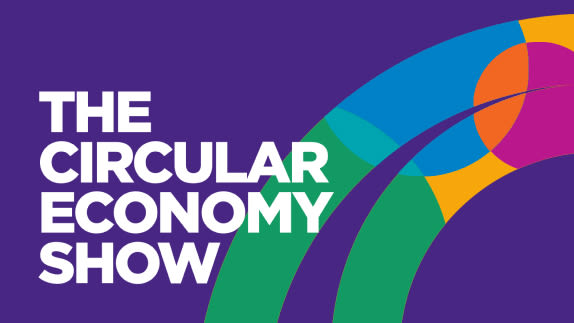Chile’s circular economy roadmap, developed through a broad collaboration process, aims to build a regenerative, fair and participatory circular economy in Chile by 2040.
Part of a series of case studies that exemplify elements of the Universal Circular Economy Policy Goals (2021) in practice
In brief
Chile has created a long-term circular economycircular economyA systems solution framework that tackles global challenges like climate change, biodiversity loss, waste, and pollution. It is based on three principles, driven by design: eliminate waste and pollution, circulate products and materials (at their highest value), and regenerate nature. roadmap through a broad participatory development process that involved over 100 stakeholders from the public and private sectors, NGOs, academia, and citizens. Published in 2021, the roadmap sets out a long-term vision and shared action plan, bridging traditional silos and exemplifying Goal 5 of the Universal Circular Economy Policy Goals: Collaborate for systems change.
The vision of a regenerative, fair and participatory circular economy in Chile is supported by goals to create jobs, reduce waste, increase recycling and material productivity, and recover illegal dump sites. The detailed action plan includes upstream and downstream activities to create a robust circular economy innovation system, make circular practices the norm, ensure the regulatory framework supports circularity, and adapt to Chile’s 16 regions.
“The transition from the end-of-life concept to a circular economy means a paradigm shift, and requires a huge transformation in our ways of producing and also consuming. That is why we decided to lead the construction of a road map, inviting a cross-sector group of organisations to help us define concrete goals and objectives to make Chile a circular country.”
- Carolina Schmidt, Former Minister for the Environment (2018-2021), Chile
A shared circular economy action plan for Chile
Chile faces an acute waste and pollution crisis. While important progress has been made to ensure waste is disposed of properly, municipal solid waste is rising rapidly and official landfills in Chile only have 12 years of useful life left. Recycling and separate collection rates remain low, and thousands of illegal waste disposal sites are causing serious problems for the health and quality of life of local residents.
To tackle the root causes of these issues, Chile has set a long-term vision and strategy towards a circular economy that eliminates waste and pollution, circulates products and materials, and regenerates nature. Roadmap for a Circular Chile by 2040 presents a high-level vision of a regenerative circular economy that is fair and participatory, which responsibly manages natural resources, and creates green jobs and opportunities. This is supported by clear goals and an action plan, which will be updated every 10 years.

Illustration credit: Dilo con Monos | Source: Roadmap for a Circular Chile by 2040
A collaborative development process
Government leadership and a broad participatory process are crucial to successful transition to a circular economy. The Roadmap was published in 2021 by the Ministry of Environment, the Ministry of Economy, Development and Tourism, the innovation and economic development agency CORFO, and the governmental Agency for Sustainability and Climate Change. It was developed over two years with the participation of more than 140 stakeholders from the public and private sectors, academia and civil society. Development stages included: initial studies to map key actors, multidisciplinary committees to set goals and initiatives, regional workshops, thematic roundtables, and a public consultation process to create awareness and citizen participation. Download the pdf for more detail.
Seven goals, four pillars for action
Seven intermediate and long-term goals were set to guide Chile’s transition to a circular economy, based on standard indicators and adapted to Chile’s context and priorities:
Generate 100,000 new green jobs by 2030, and 180,000 by 2040
Decrease municipal solid waste per capita by 10% by 2030, and by 25% by 2040
Decrease total waste generation by 15% by 2030, and by 30% by 2040
Increase material productivity by 30% by 2030, and by 60% by 2040
Increase general recycling rate to 40% by 2030, and to 75% by 2040
Increase municipal solid waste recycling rate to 35% by 2030, and to 65% by 2040
Recover 50% of land affected by illegal dump sites by 2030, and 90% by 2040
27 initiatives were crafted to achieve these goals, with actions and timescales for completion. These are grouped into four pillars:
Circular innovation includes actions to create a robust national innovation system for a circular economy in Chile, by embedding circular design principles in the creation of products, services, and processes.
Circular culture includes actions to make circular habits and practices the norm, through education and skills development, communications campaigns, and actions to strengthen transparency and monitoring.
Circular regulation includes actions to adjust Chile’s regulatory framework to support circular practices, by expanding the range of products subject to the extended producer responsibility scheme, promoting reusereuseThe repeated use of a product or component for its intended purpose without significant modification. and recovery of waste, and incentivising and facilitating waste separation at source.
Circular territories includes actions to adapt to the different contexts and priorities of Chile’s 16 regions, and distribute resources across the country, by providing waste management infrastructure, developing regenerative rural production, and growing secondary markets for local materials.
Helping achieve climate targets
The circular economy transition is vital to addressing climate change, as 45% of emissions produced globally come from the way we produce and consume. Chile’s 2020 climate action plan included a commitment to create a circular economy roadmap, recognising the cross-cutting potential of the circular economy to address both the causes and effects of climate change, and create high-value jobs in new markets.

Torres del Paine National Park, Chile | Source: Unsplash
Implementation and monitoring
With any strategic policy, implementation is key – many countries set out ambitious policies but do not manage to deliver the expected outcomes. Chile’s Roadmap was written with the intention that any company, civil society organisation, municipality or citizen would be able to contribute to implementation. While aspects of the Roadmap that relate to legislation and regulation are principally activated by the government, and many initiatives are moving forward independently, a dedicated programme, Territorio Circular, was set up both to activate 14 of the Roadmap's initiatives that relate to innovation and economic development, and to monitor implementation of the entire Roadmap.
Funded by CORFO, Territorio Circular has a seed budget of USD 500,000 for the first three years and seeks to create 200 new circular economy innovations by promoting collaboration between businesses and running challenges and eco-design competitions. The programme is being implemented by SOFOFA Hub, a spin-off of the Chilean manufacturing association SOFOFA, and is governed by representatives from the public and private sectors, academia and civil society. Progress is monitored via a publicly available dashboard.
Challenges and lessons learned
To develop the Roadmap, Chile drew on circular economy strategies from around the world at regional, national and sub-national levels. Now other nations can learn from Chile’s experiences, challenges and lessons learned, which include:
Involving all key stakeholders to create long-term buy-in, representative goals, and distributed responsibilities
The highly collaborative, multi-stakeholder development process was considered to be as important as the Roadmap itself. A range of Government ministries, NGOs, municipalities, business associations, academia, international organisations, and independent experts all helped to develop the content, and the public consultation allowed citizens to provide input. This collaboration resulted in goals and actions that represent all stakeholders, and also generated widespread interest in its execution and future outcomes.
Setting a timeframe that allows for a broad participatory process
In the early stages of the development process, delays in the consultancy tendering process set the publication date back by eight months. However, the extra time became an opportunity and allowed the team to involve more people, carry out regional workshops, and overall create a far more inclusive and comprehensive product.
Institutionalising the Roadmap to ensure continuation
It is important to ensure the continuation of any circular economy roadmap in future administrations. Assigning actors for each initiative and establishing a dedicated public-private activation programme distributed implementation responsibilities among many organisations, not only the government. Including the Roadmap as a commitment of Chile’s climate action plan gave additional long-term support for its implementation.
Consolidating waste management policies to enable local governments to act
Chile is made up of 345 municipal governments, and implementation of the Roadmap requires new waste collection and recycling infrastructure in many parts of the country. This in turn relies on the consolidation and implementation of other strategies related to waste management, such as the extended producer responsibility scheme for packaging, and this is reflected in the Roadmap.
Considering regional autonomy and priorities
Chile is undergoing a decentralisation process; each of Chile’s 16 regions now has an elected governor that has set a regional economic development strategy. For a national roadmap to be implemented in full it is crucial to work with these strategies rather than override them, and respect the priorities of different areas, as well as cultural and political sensitivities.
Illustrating the Universal Circular Economy Policy Goals
The approach to developing the Roadmap, as well as many of the initiatives and actions within it, illustrate the five goals of the Ellen MacArthur Foundation’s Universal Circular Economy Policy Goals framework. For example:
Goal 1. Stimulate design for the circular economy
One of the actions in the Roadmap is to establish a product labelling system to inform users of product material content, repairabilityrepairabilityThe ease with which a product or component can be repaired. and recycling options, to incentivise designers, producers and distributors to increase product quality and durabilitydurabilityThe ability of a product, component or material to remain functional and relevant when used as intended., and facilitate their repairrepairOperation by which a faulty or broken product or component is returned back to a usable state to fulfil its intended use..
Goal 2. Manage resources to preserve value
A circular economy requires new business models and resource management systems that keep products and materials in the economy at their highest value for as long as possible. The Roadmap includes an action to promote reverse and collaborative logistics systems to circulate reusable containers and packaging.
Goal 3. Make the economics work
Governments can employ economic incentives and regulatory requirements to help scale the market for circular products and services. For example, the Roadmap includes the introduction of a fee to send certain types of waste to landfill, as well as an action on circular public procurement.
Goal 4. Invest in innovation, infrastructure and skills
The Roadmap includes provisions to develop circular economy training programmes for public sector workers, and ensure balanced participation from all regions. Such schemes are critical to ensure that the transition is effective and inclusive.
Goal 5. Collaborate for systems change
The circular economy is a systems change that requires unprecedented collaboration across value chains and across government departments, nationally and internationally. The development of the Roadmap was a highly collaborative process that bridged traditional silos and included all key stakeholders within the Chilean economy; while the Roadmap includes initiatives that will ensure experience and learnings are exchanged internationally.
Illustrating the Universal Circular Economy Policy Goals

Part of a series of case studies that exemplify elements of the Universal Circular Economy Policy Goals (2021) in practice.













